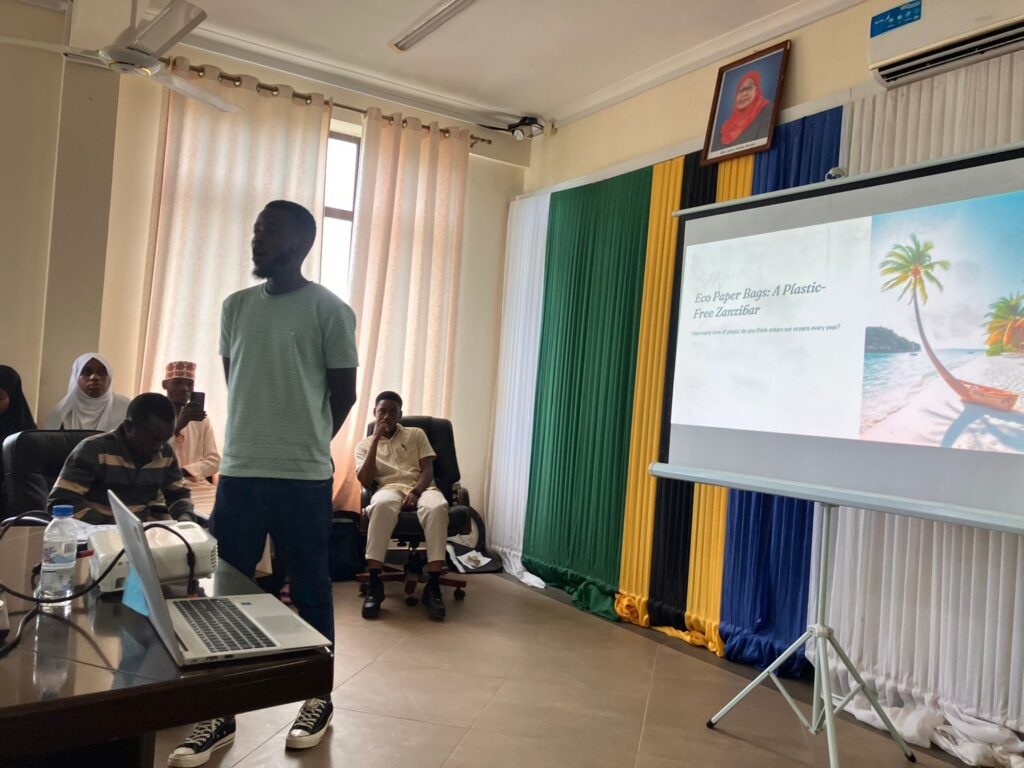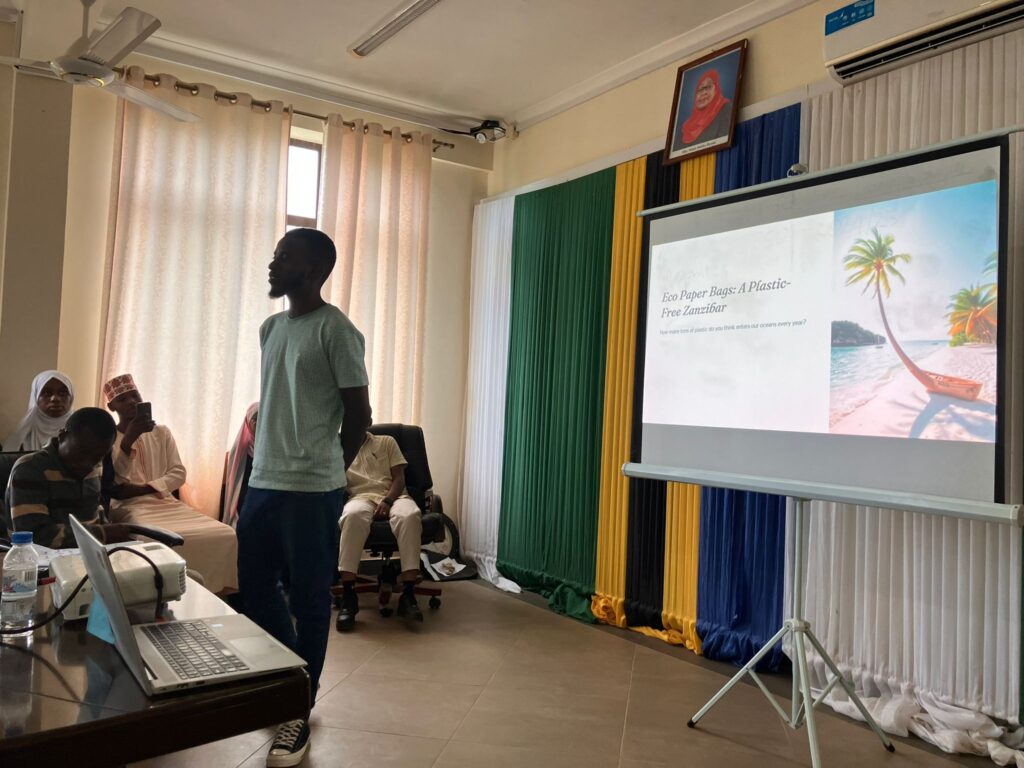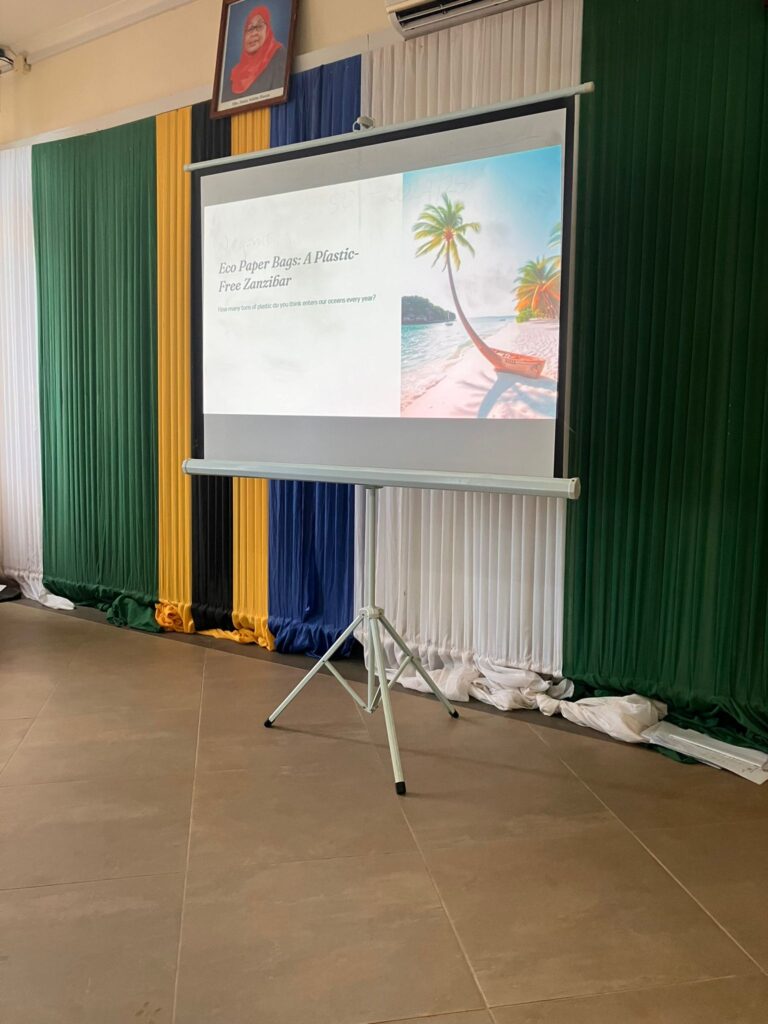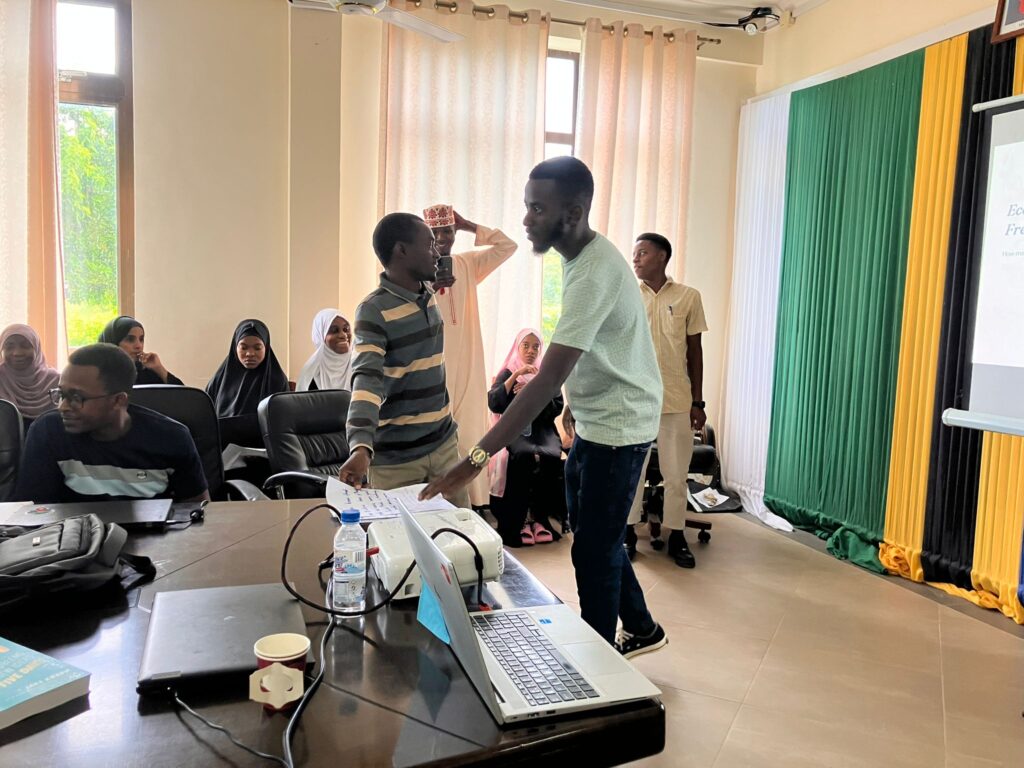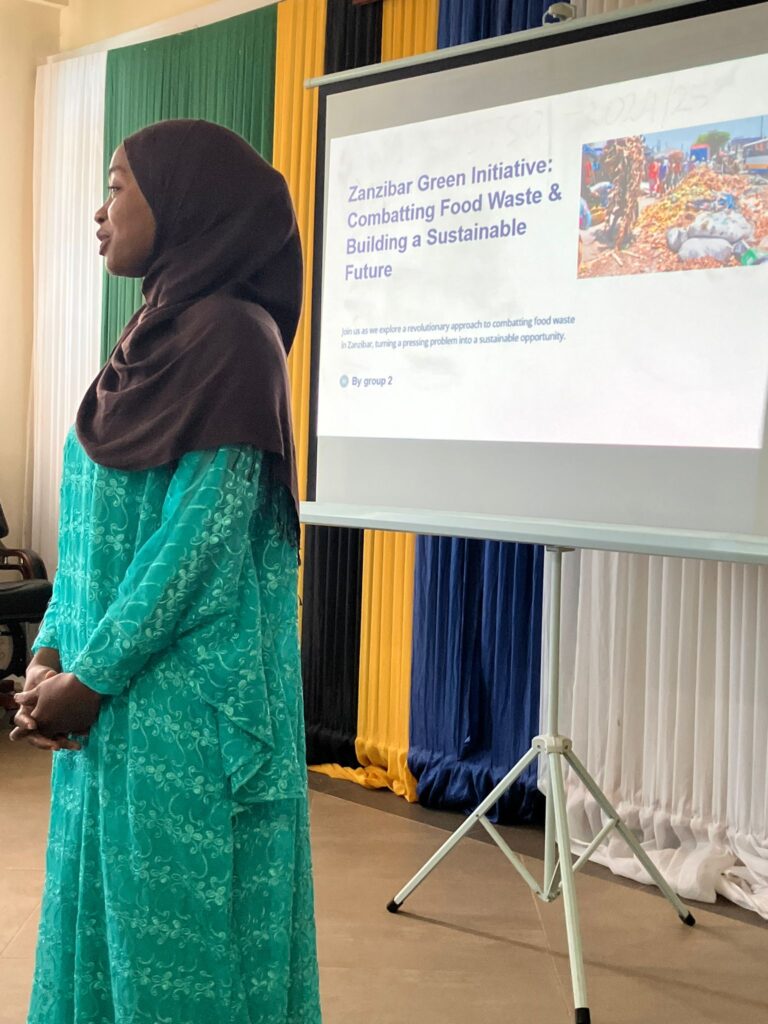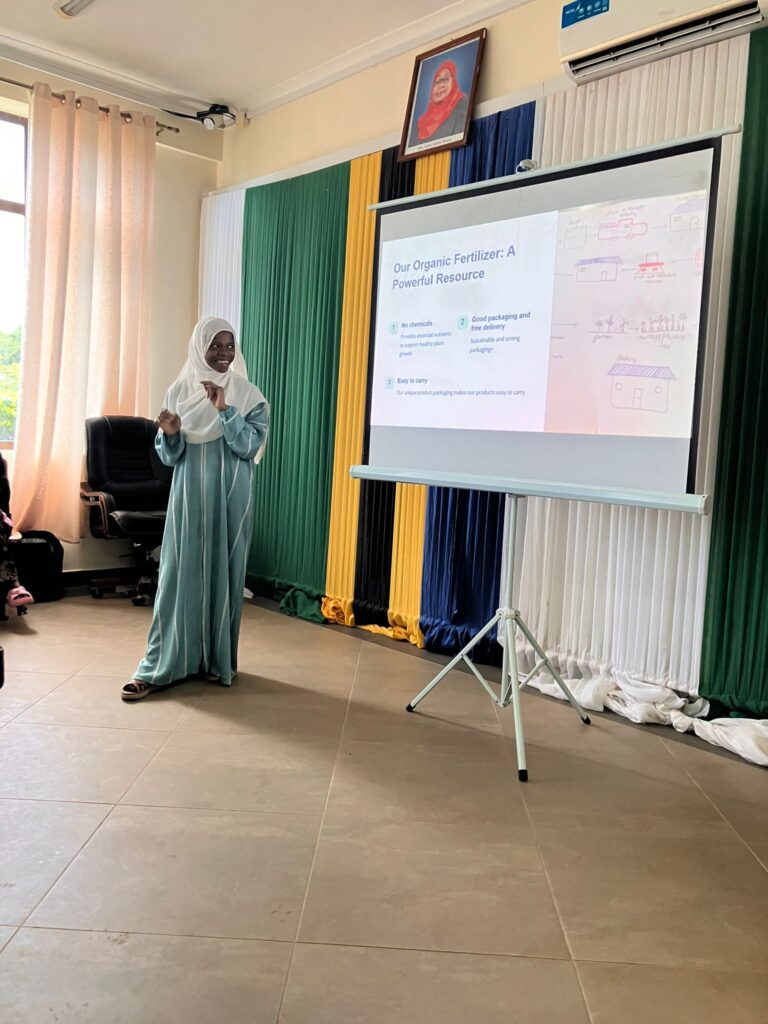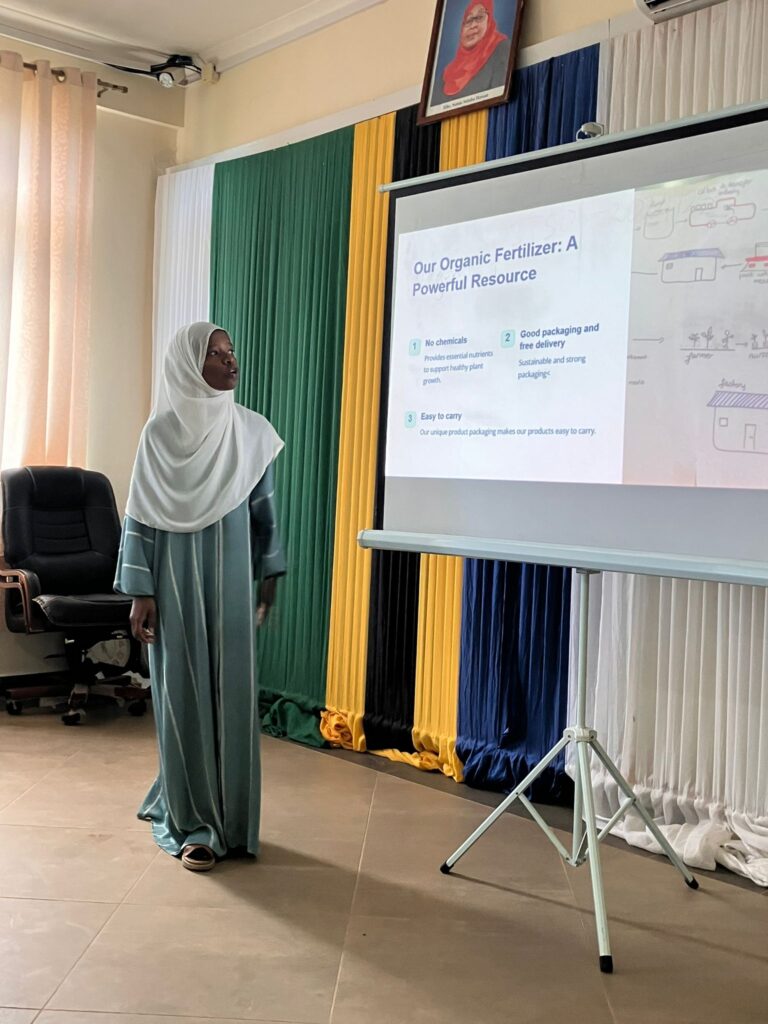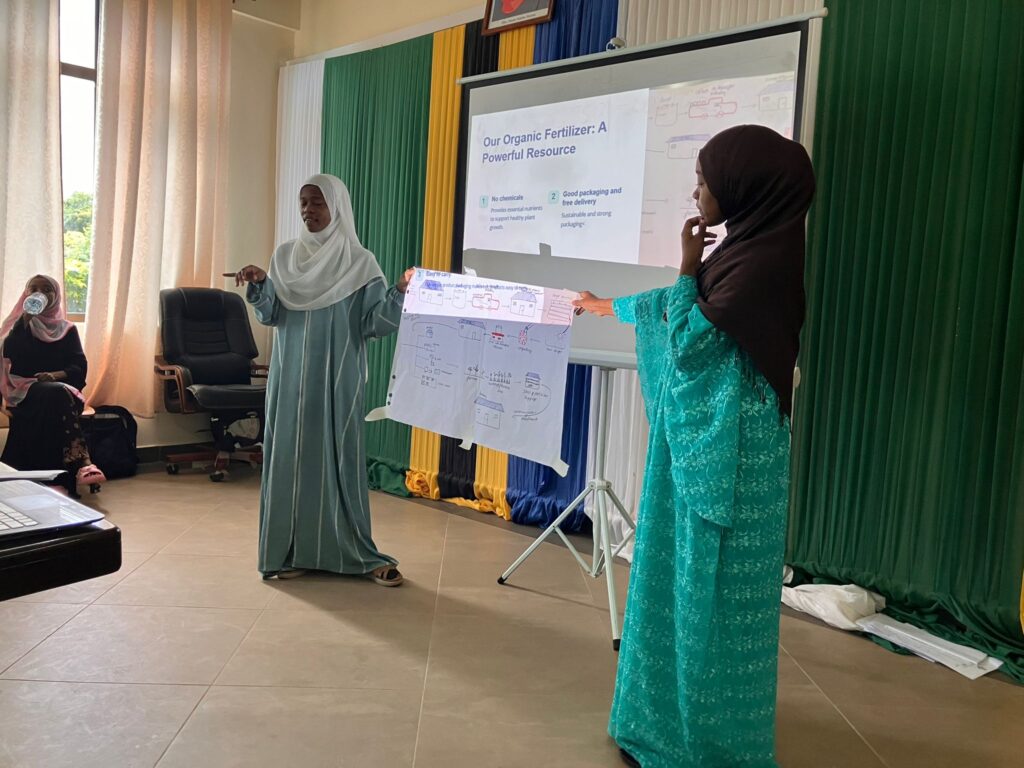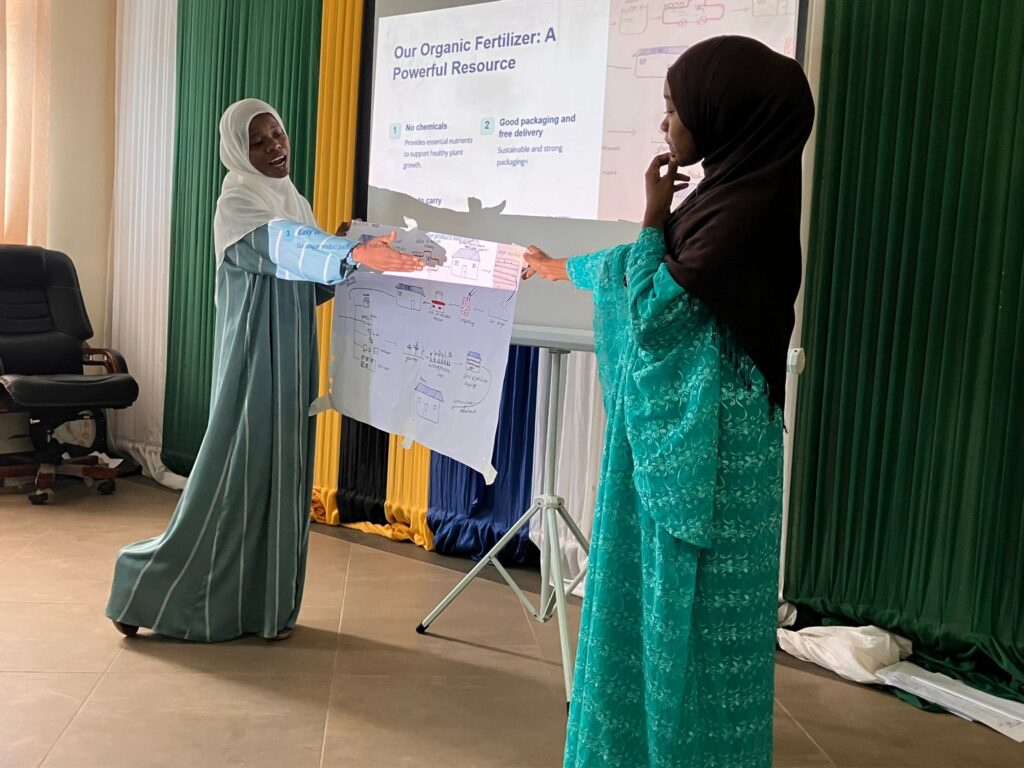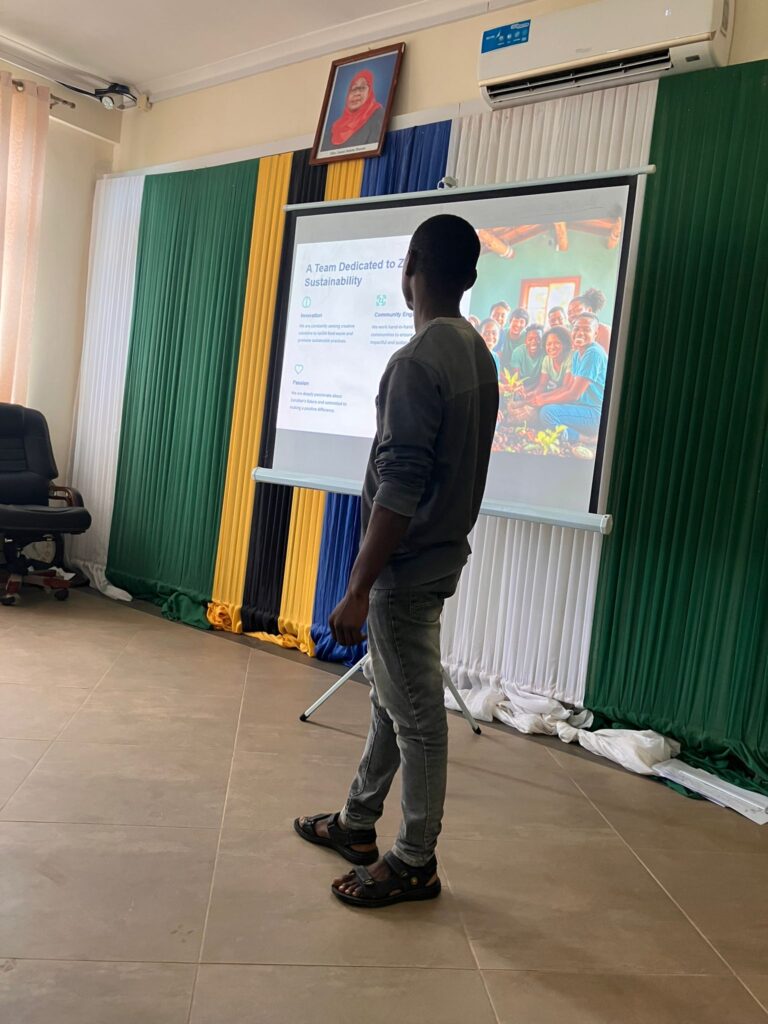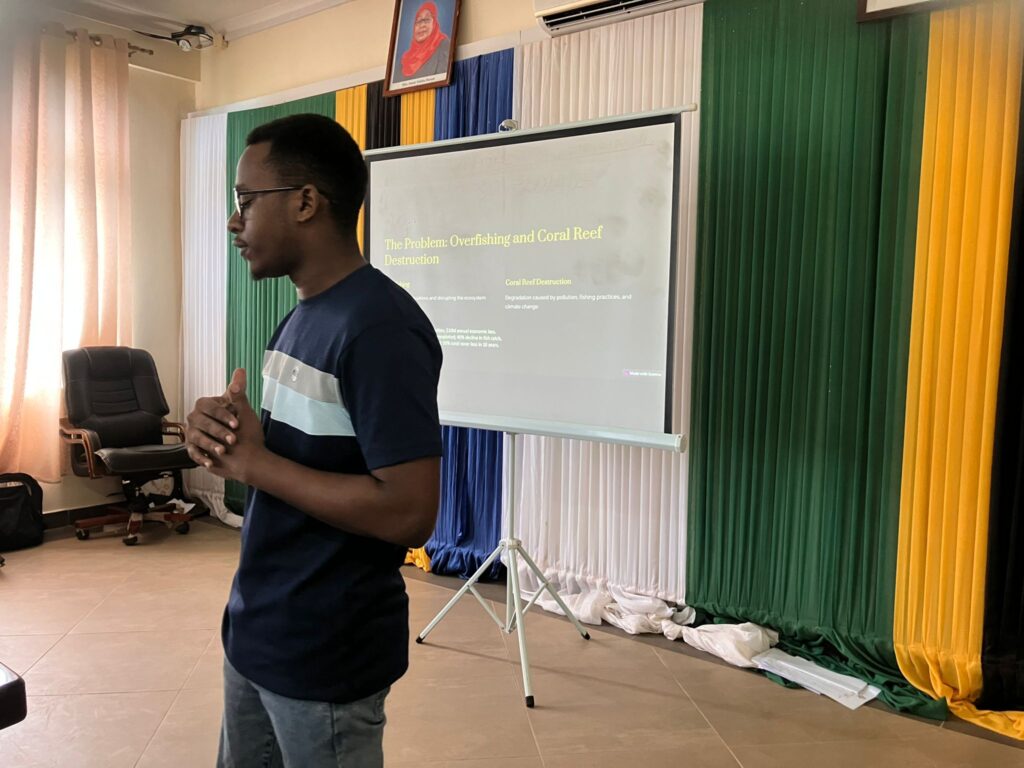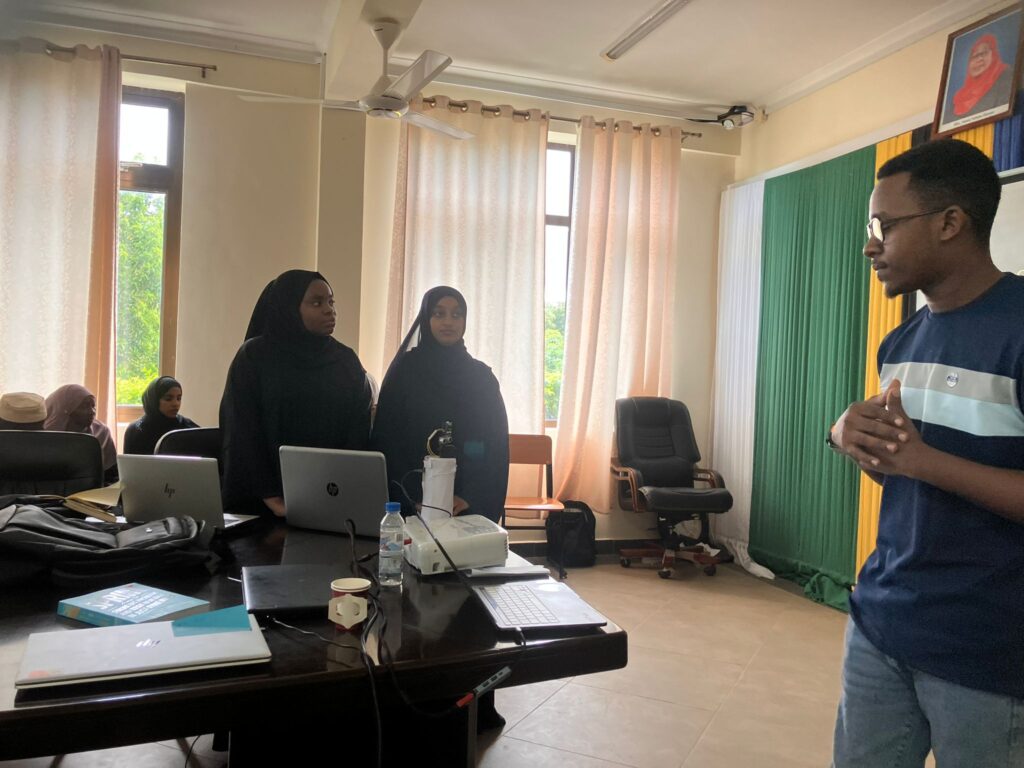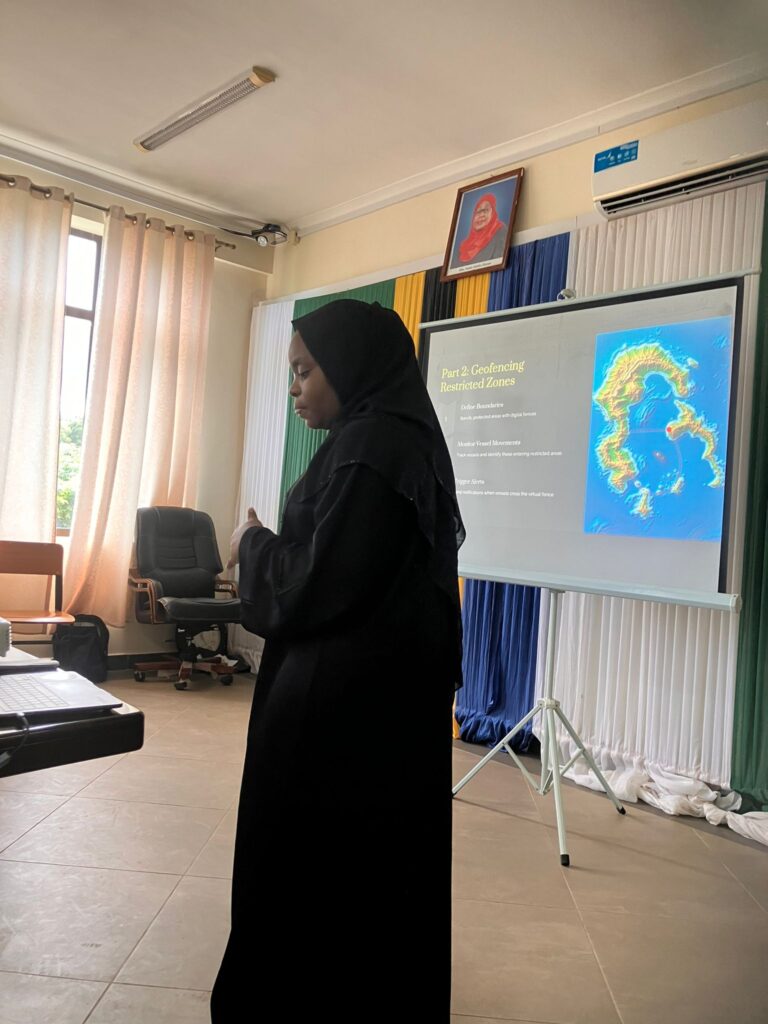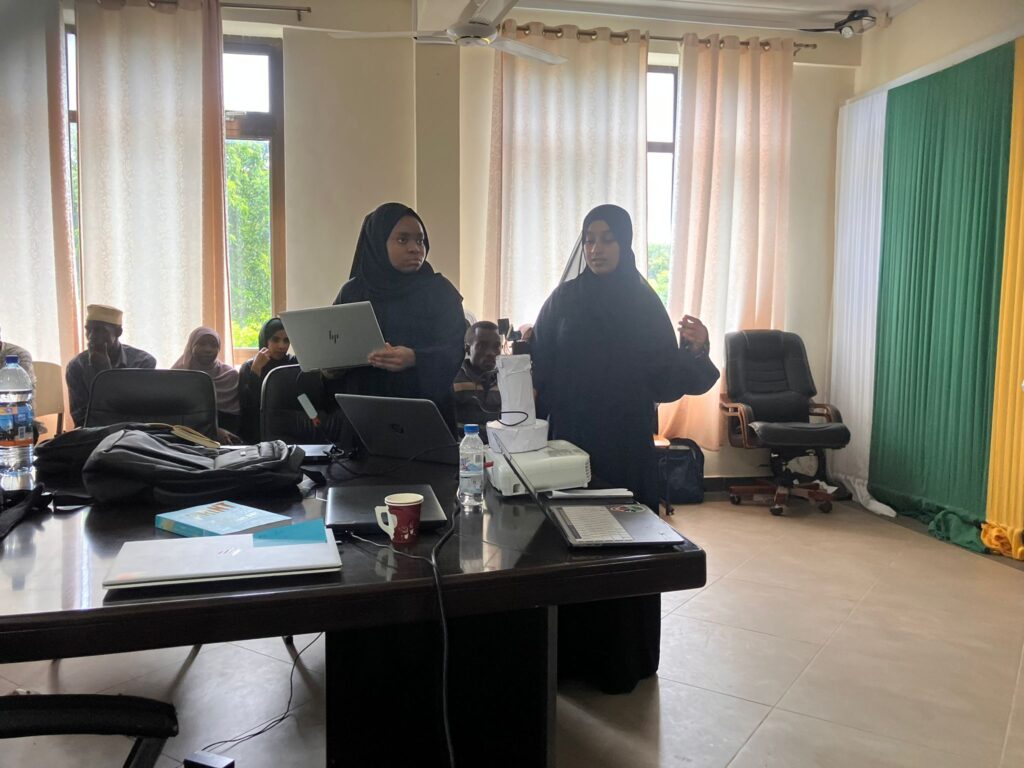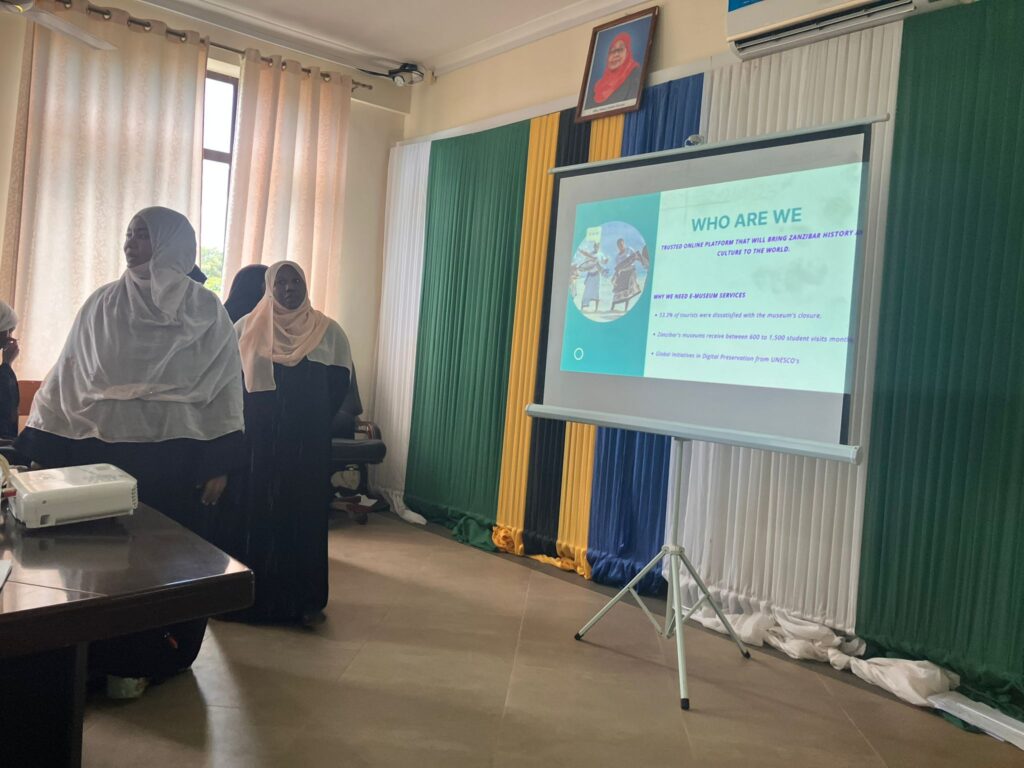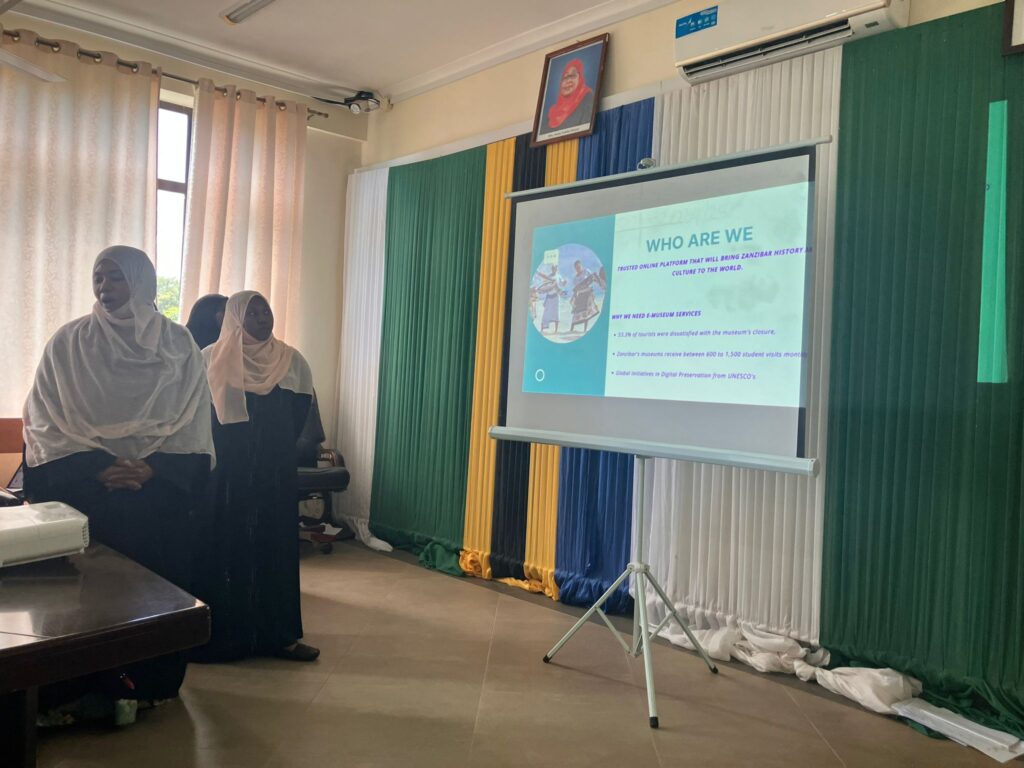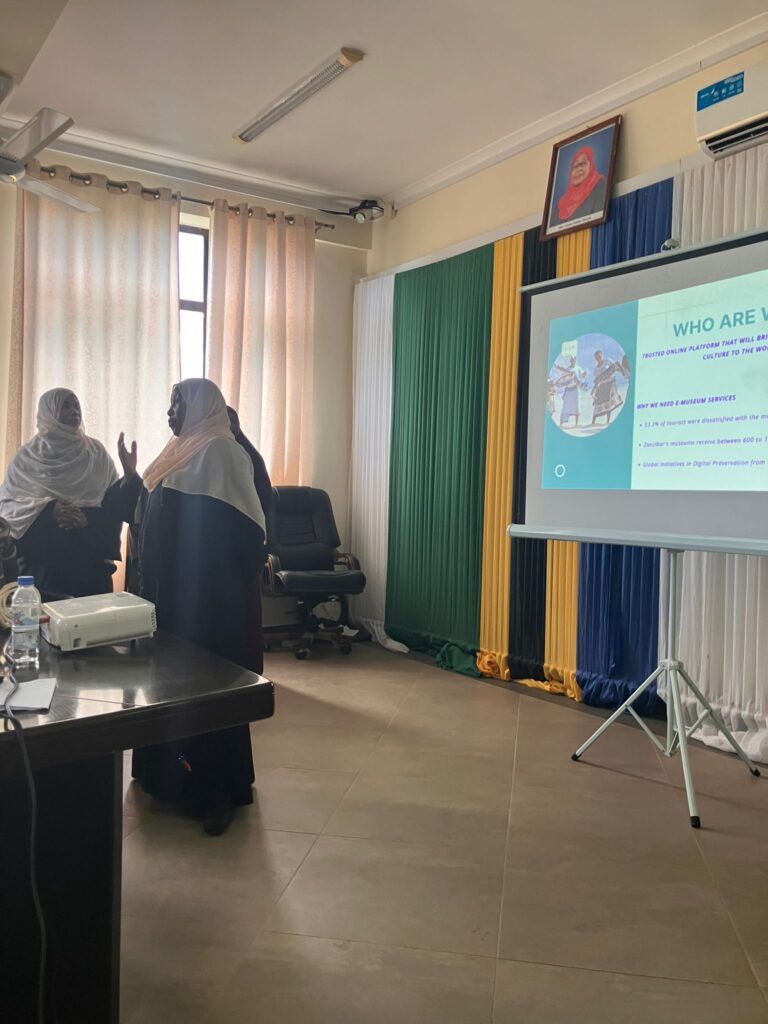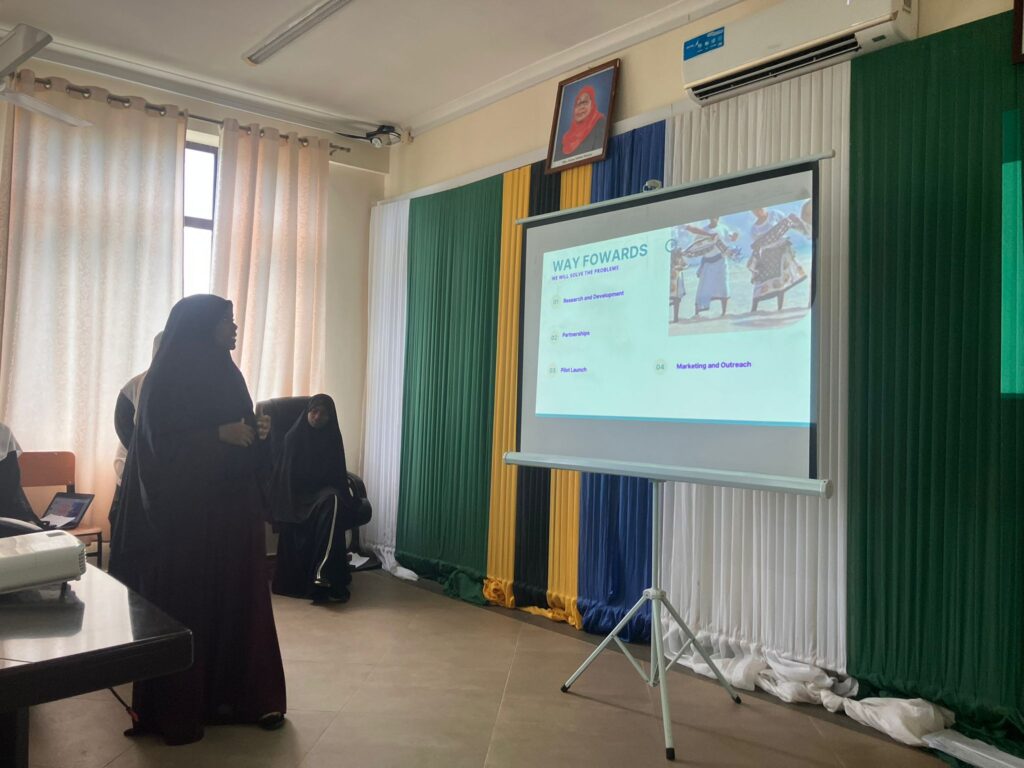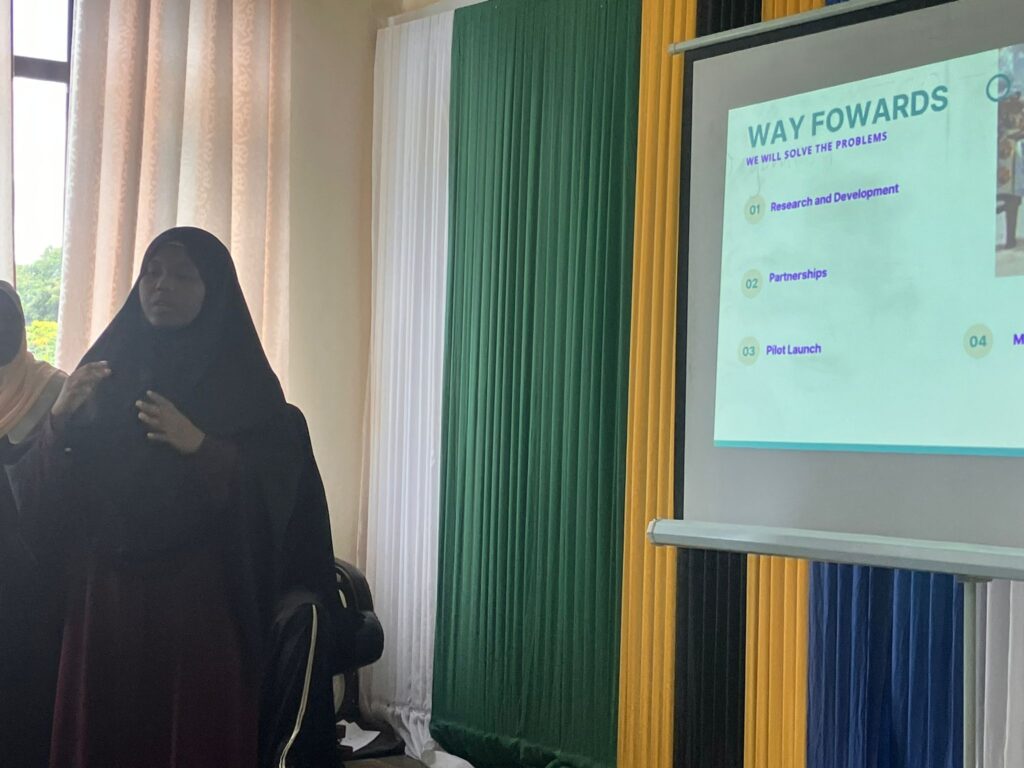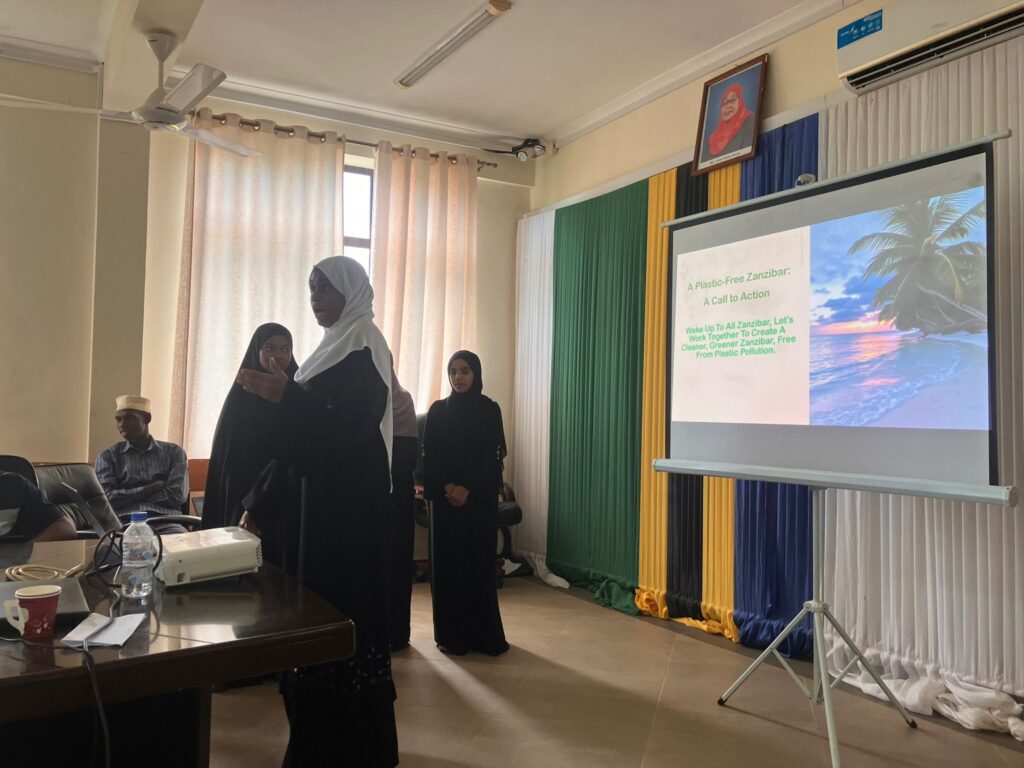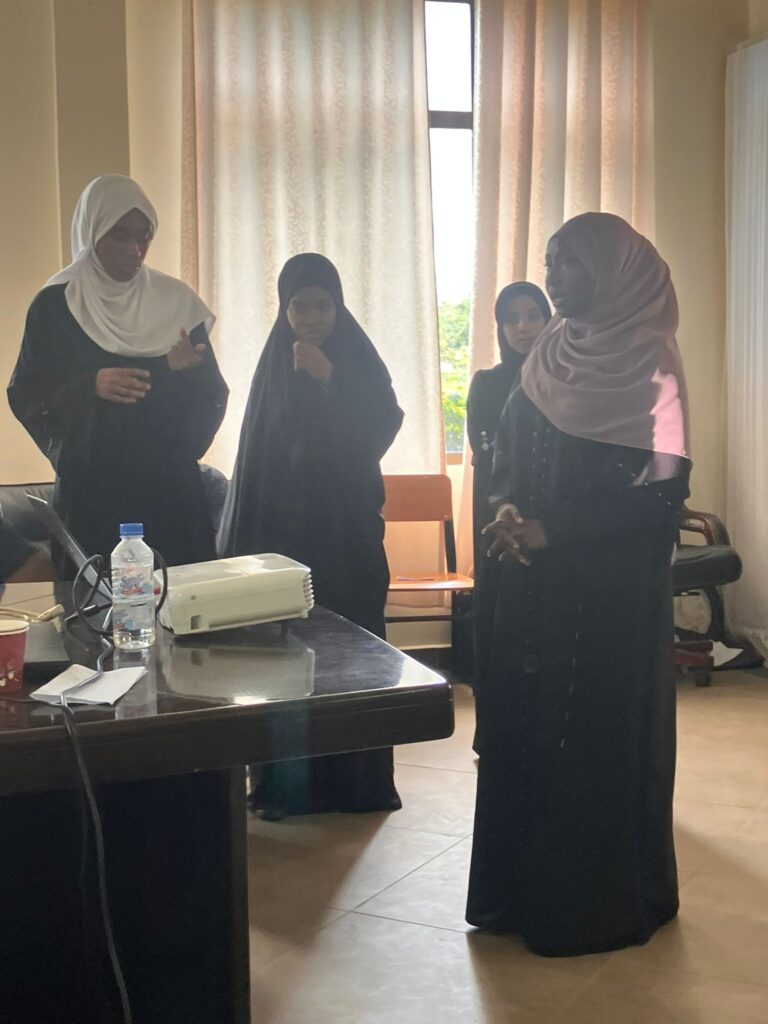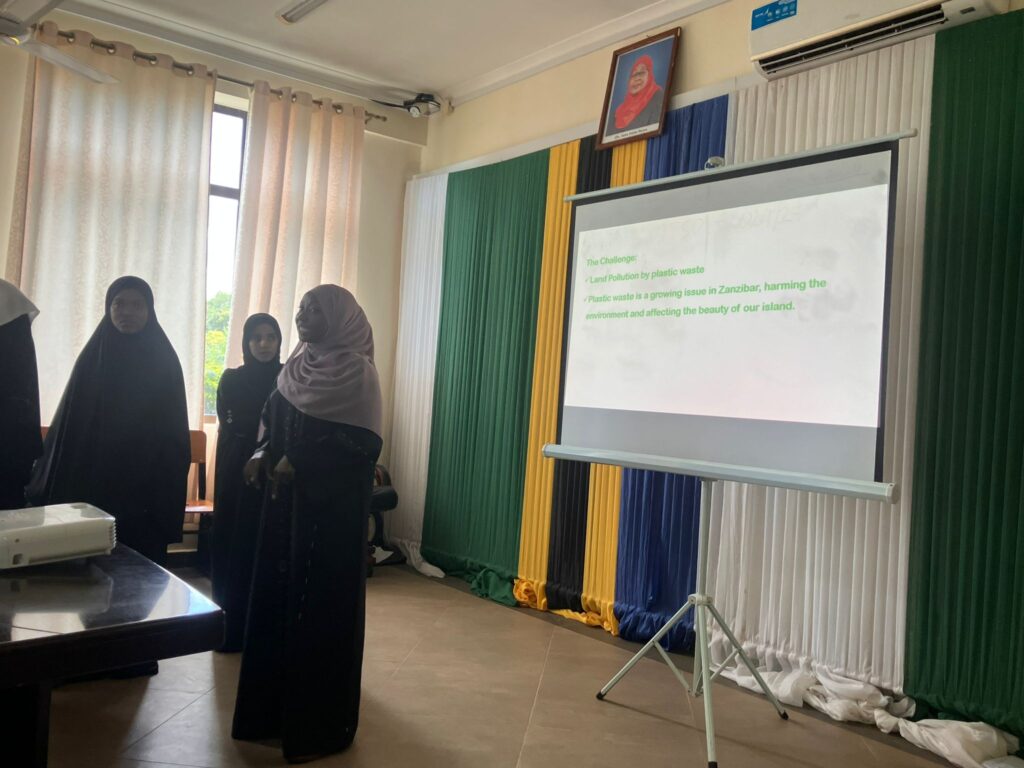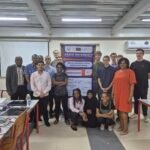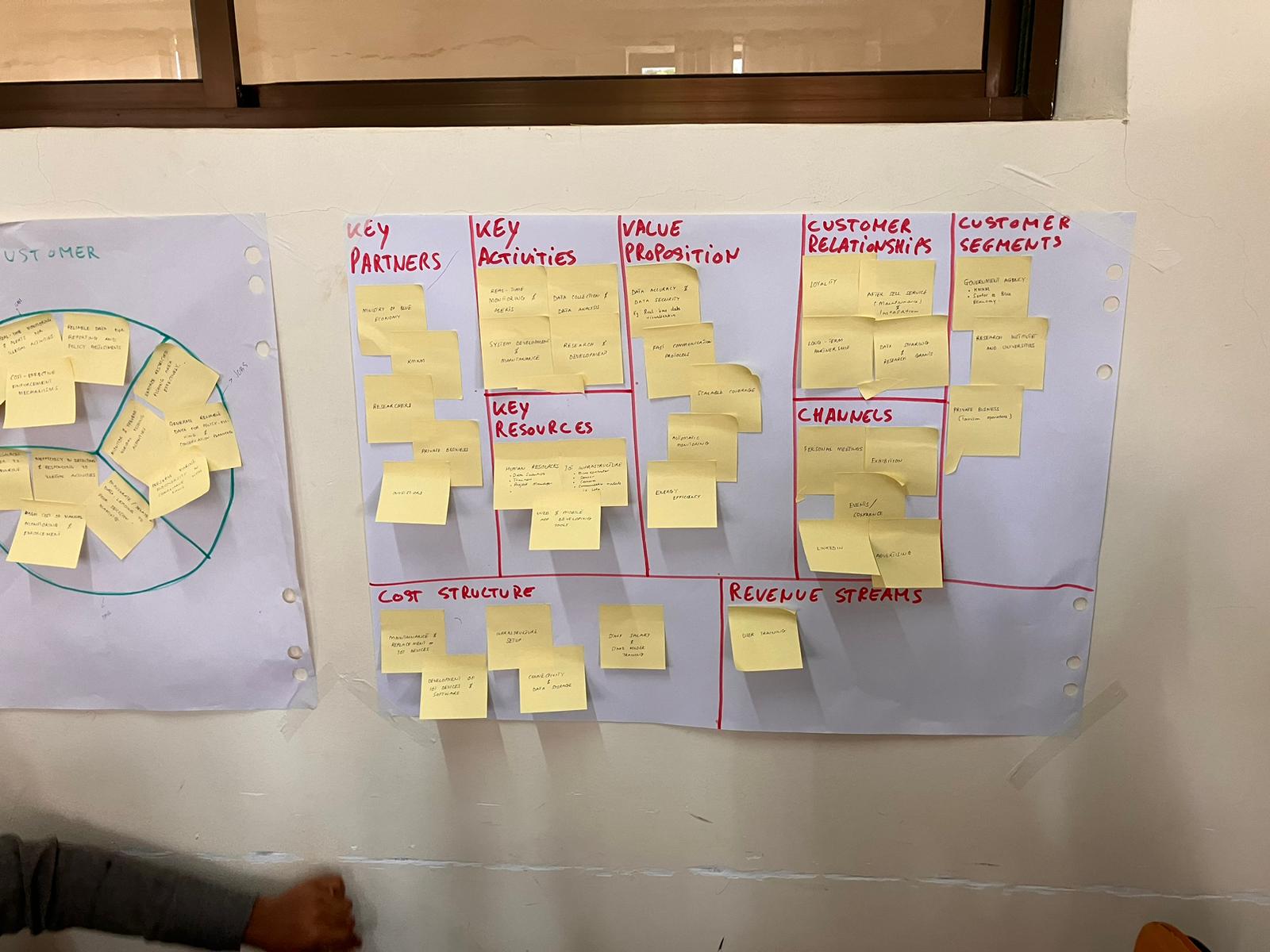
Refining the Vision with Prototypes and Testing
The excitement is building as we enter the fourth day of Entrepreneurship Week! By now, each team has brainstormed ideas, defined their Value Proposition Canvas (VPC), and outlined a Business Model Canvas (BMC). But having a vision on paper is only part of the journey. Today is about bringing those ideas to life through prototyping and testing.
Prototyping: From Ideas to Tangible Solutions
Using low-fidelity prototyping techniques, teams focused on creating simple versions of their products or services. The goal? To visualize their solutions quickly, gather insights, and improve based on real feedback. Whether using paper prototypes, wireframes, or role-playing scenarios, participants learned that prototypes aren’t about perfection — they’re about learning fast and iterating quickly.
Teams applied the Build-Experiment-Learn feedback loop, ensuring that every prototype was tested against key assumptions:
- Desirability: Are we solving the right problem for our customers?
- Feasibility: Can we realistically create this solution?
- Viability: Can this solution generate sustainable revenue?
Each team documented their experiments with Learning Cards, capturing hypotheses, observations, insights, and next steps. This iterative process helped refine their ideas and ensured they were grounded in real user feedback.
Collaboration and Coaching
Throughout the day, teams benefited from expert coaching sessions and peer feedback. Instructors guided participants through common pitfalls, such as focusing too much on features rather than customer needs. The atmosphere buzzed with creativity and collaboration, setting the stage for the final day.
Perfecting the Pitch
It all comes down to this! Day 5 of Entrepreneurship Week is about polishing the pitch and presenting the solution to the jury.
Crafting the Perfect Pitch
A great pitch tells a compelling story. Teams worked on structuring their pitches to address key elements:
- Opening: Grabbing the audience’s attention with a personal anecdote, statistic, or powerful statement.
- Problem Statement: Clearly defining the problem they are solving and why it matters.
- Solution: Demonstrating their prototype and explaining what makes it unique.
- Business Model: Showcasing the viability of their idea with their Business Model Canvas.
- Closing: Reinforcing the core message and inviting follow-up questions.
Practice makes perfect! Teams rehearsed their pitches multiple times, incorporating feedback to ensure clarity, confidence, and impact.
Pitch Presentations and Awards
As each team presented their pitch, the culmination of a week’s hard work was on full display. The diversity and creativity of solutions addressing Zanzibar’s sustainable challenges — from smart seaweed farming to plastic-free innovations — were inspiring.
The jury evaluated the pitches based on:
- Innovation and Creativity
- Feasibility and Viability
- Impact on Sustainability
- Presentation and Storytelling
